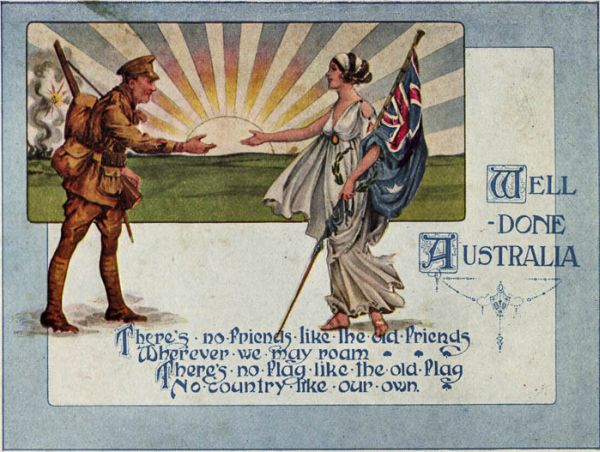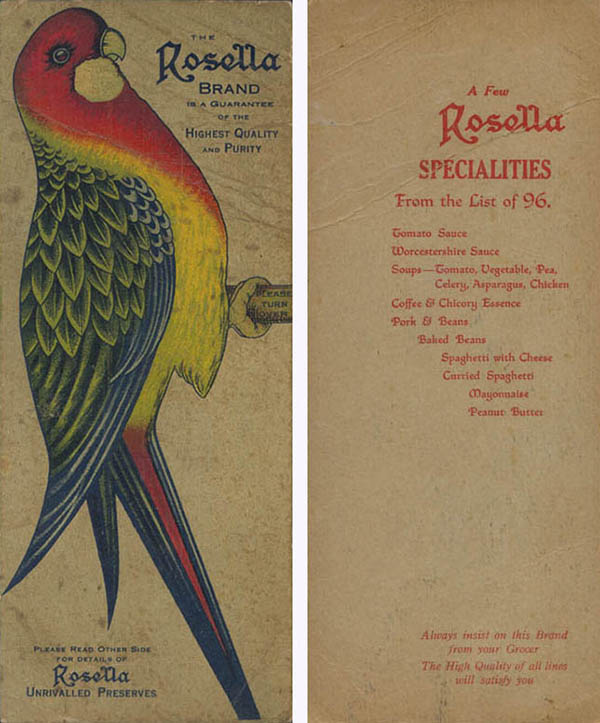“a little museum of common printed things, to illustrate at one and the same time the historical development of our social life and the development of printing”
The term ‘printed ephemera’, although used privately by the great English collector, John Johnson, was established in the public consciousness in 1962 by John Lewis’s work of that name which drew on Johnson’s collection, among others, to illustrate the range of ephemera.
Inspired by his career as a papyrologist, Johnson began collecting in the 1930s and viewed collecting ephemera as excavating the waste paper of the recent past. Unlike previous collectors, Johnson collected everything. He wanted to make “a little museum of common printed things, to illustrate at one and the same time the historical development of our social life and the development of printing”. Johnson succeeded spectacularly but failed to deliver a ‘little museum’ – he assembled about 1.5 million items, divided into 680 subject headings. It is held at the Bodleian Library, the main research library of the University of Oxford.
The term came into use in the 20th century but the material collected is often older
But while the term printed ephemera came into use in the 20th century, it refers to material produced from the 18th century onward. The great collections like that of John Johnson collection was chiefly made up not of contemporary material but of ‘old material’ with the aim of preserving a record of the past made up chiefly of mainly printed, mainly single sided material.
At the end of 2013, Wikipedia refers to the defining characteristics ephemera as: being transitory; and written or printed. It updates the examples of ephemera with a reference to zines. It also considers the collection and management of video ephemera.
 Circa 1918: WW1 Australian Christmas card
Circa 1918: WW1 Australian Christmas card

